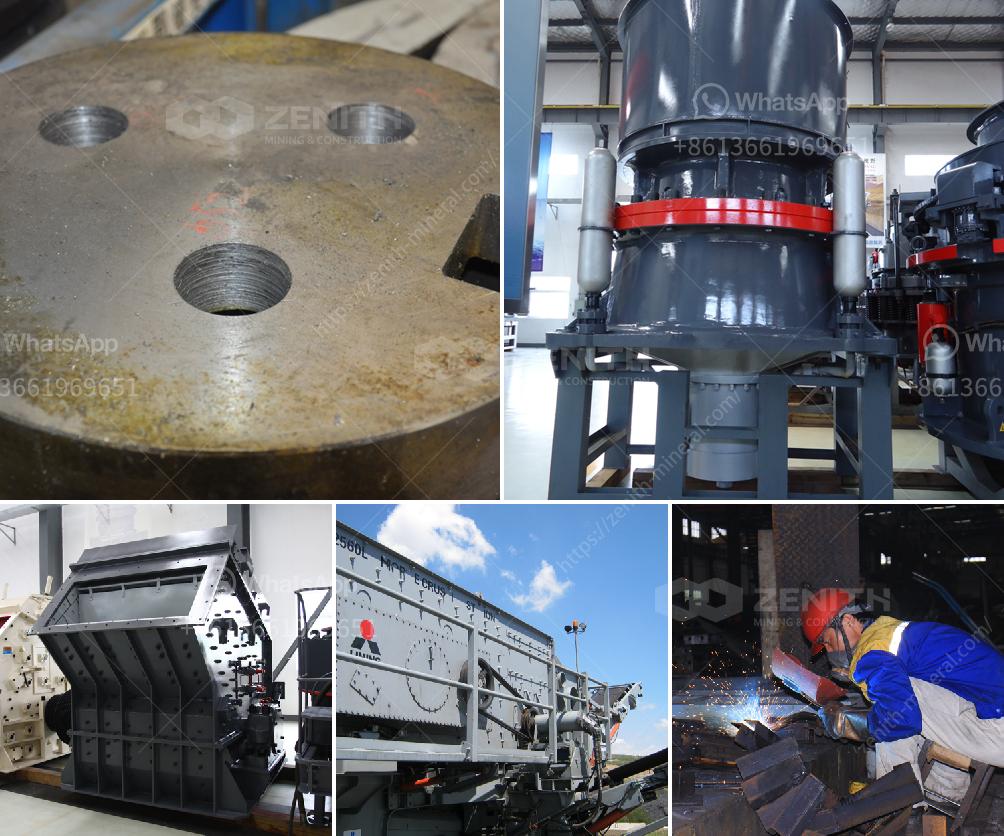Primary gyratory crushers are critical pieces of equipment in mining and large-scale aggregate processing. Their key features include:
High Capacity: Primary gyratory crushers are designed for high throughput, processing large volumes of material efficiently.
Large Feed Opening: They can accept large-sized feed material, which reduces the need for primary blasting or pre-crushing. This feature is crucial for processing unprocessed material directly from the mine.
Robust Design: They are built with heavy-duty components to withstand extreme conditions and operations, providing long service life and operational reliability.
Gyratory Motion: The crushing action is generated by the gyratory movement of the crushing head inside the cone. This motion provides continuous crushing and a consistent product size.
Adjustable Stroke and Speed: The stroke (vertical movement within the cone) and rotational speed can often be adjusted to optimize performance for different material types and production rates.
Stable Operation: They provide stable operation and less vibration than other types of crushers, contributing to more efficient and precise processing.
Automatic Control Systems: Many modern gyratory crushers come equipped with automation features that allow for real-time monitoring and adjustments, enhancing safety and efficiency.
Concave Design and Wear Parts: They employ concaves that are designed for even wear distribution and easy replacement, aiding in maintenance and reducing downtime.
Energy Efficiency: The design of primary gyratory crushers makes them energy-efficient machines when compared to other types of primary crushers.
Accessibility and Safety: Modern designs prioritize operator safety, with features such as safe service platforms, hydraulic systems for maintenance, and protective guarding.
Modular Design: Some primary gyratory crushers are designed in a modular fashion, allowing for easier installation, modification, and maintenance.
These features make primary gyratory crushers well-suited for the first stage of size reduction in large mining operations or in the aggregate industry where the need for processing large materials and achieving high production rates is critical.
